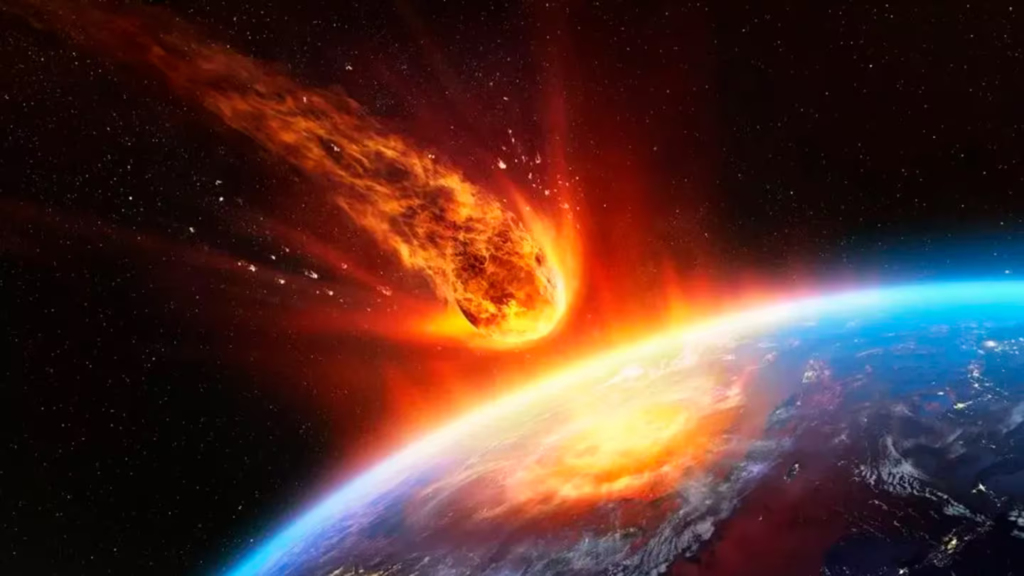
The National Aeronautics and Space Administration (NASA) has alerted the scientific community about the trajectory of a dangerous asteroid the size of a cruise ship that is moving at full speed towards Earth.
It is the asteroid Apophis, a solid and rocky space bolide that, according to astronomers from the North American agency, will cross the Earth’s orbit on April 13, 2029.
Read also: NASA revealed the possibilities of a meteorite destroying the Earth: the answer is not very encouraging
Discovered at the end of 2004, scientists calculated that this 340-meter object would have a 2.7% probability of impacting the Planet. This possibility made it one of the most dangerous asteroids known to date.

Subsequent calculations confirmed that Apophis will not hit Earth, but it will come very close: it will flyby at just 31,600 km away, about 10 times closer than the Moon. While experts say that its trajectory does not pose a threat, its close pass could cause geological disturbances, such as earthquakes and other events that trigger natural disasters.
For this reason, scientists have already taken precautions and are designing strategies to study and potentially deflect the asteroid. One of them is NASA’s RAMSES program, a mission that will analyze the orbit and structure of Apophis to determine the best deflection strategies in case the bolide changes trajectory and threatens to impact Earth.
NASA’s mission promises to be a milestone in planetary defense, as it will be a unique opportunity to study the asteroid in detail and allow scientists to obtain crucial data on other similar asteroids.
Private space companies have proposed missions to rendezvous with the asteroid before its expected flyby, for example, Jeff Bezos' aerospace company Blue Origins. Another company, Exabs, suggested using drones to perform a scan of the asteroid’s interior. NASA also held a workshop to collect ideas from the private sector on innovative approaches to conduct missions during the Earth flyby of the asteroid Apophis in 2029.
As the date of the encounter approaches, the scientific community remains vigilant, preparing to take advantage of this rare opportunity to study an asteroid that experts say could offer clues about the formation of the solar system.